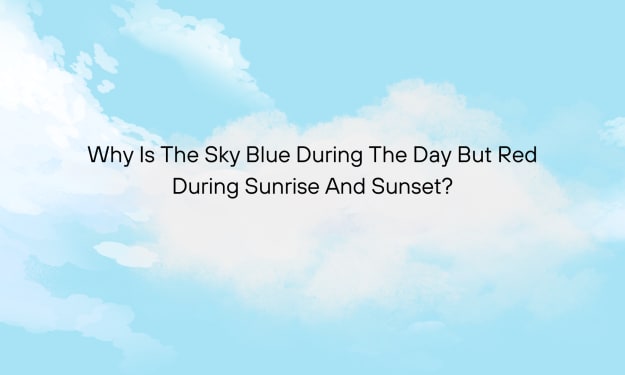What do you want read in a comic book?
Comic books, the perfect mixture of literary and visual art, appeal to people of all ages.

Comic books, the perfect mixture of literary and visual art, appeal to people of all ages. While they’re generally associated with the superhero genre, comics have expanded to cover a wider range of themes and subjects. Comic books are now used in educational settings and are even studied as literature. With the growing popularity of comic books, it's crucial for writers, artists, and publishers to understand what potential readers are looking for in a comic book. In this article, we’ll delve into the essential elements that make up a great comic book.
The Story
The foundation of any comic book is the story. It’s what grabs readers’ attention and keeps them engaged from the first page to the last. A good story should have a clear beginning, middle, and end. Even if the story is part of an ongoing series, each issue should have a complete arc, making it satisfying for readers to leave off at any point. Additionally, the story should be original, unique, and engaging. It should have a good balance between being surprising and predictable. While it's important to have twists and turns, it's equally important to have a clear narrative that readers can easily follow.
Characters
The characters in a comic book are everything. With the right combination of heroic characters, villains, and supporting members, readers can be drawn into the story and become invested in the characters. The development of characters is as important as the story itself. Creating characters with a strong backstory that’s revealed slowly throughout multiple issues can create an interesting dynamic between the reader, characters, and the story. A well-developed character can leave a lasting impact on readers, making them more likely to continue following the comic book's upcoming events.
Art
The visual component of a comic book is equally important as the narrative. It's what captures the reader’s attention, setting the tone and atmosphere of the story. The art should reflect the story's genre and tone and have a cohesive style. The art should draw readers into the story, emphasizing the mood and emotions of the characters. The layout of the panels is another aspect that contributes to a comic book's success. The panels must communicate the story in a clear and concise way, while also having creative and dynamic compositions.
Humor
Humor is an essential aspect of comic books, even if it's a minor element in the story. Jokes, puns, and witty dialogue can help break up the tension of dramatic scenes and add levity to the story. Humor can also help readers connect with the characters on a more personal level, making them more relatable. A well-placed punchline or a visual gag can stay with readers and make them eager to come back for more.
Action
Action sequences in comic books are what bring the characters to life. They're what makes a comic book thrilling, pulse-pounding, and visually stunning. Skilled artists and writers can make fast-paced action that's both understandable and exciting. The action must be integral to the story, advancing the plot and enhancing the character's development. Action scenes must also be well-choreographed with logical movements and realistic physics that make sense within the context of the story.
Morality
Morality is a vital piece of a comic book's story. While superheroes are often depicted as the personification of good, the portrayal of their morality must be nuanced. Complex characters with moral ambiguity make for a more intriguing and relatable read. It's essential to make the readers question and think about morality within the story. Even villains can be given interesting and layered moral backstories that can make them as key to the story as heroes. A well-executed exploration of morality adds depth to the story and makes it more impactful.
Diversity and Representation
Diversity and representation are vital components that are crucial to the overall success of a comic book. The world is diverse, and comic books must reflect that diversity. Representation of underrepresented groups can help improve readership and create new fans. Having characters from different cultures and backgrounds, with varying abilities or disabilities, sexuality, and gender identities, can help readers identify with characters and feel seen. Diversity and representation have a positive effect on the comic book industry, improving it, and making it more inclusive.
Conclusion
In conclusion, comic books have the potential to be incredibly powerful and inclusive for readers, making them an essential medium for storytelling. A good comic book is more than just a story or art, but a combination of elements that work together to communicate a unique and engaging narrative. Story, characters, art, humor, action, morality, diversity, and representation are all vital components that make up a great comic book. When a publisher or creator gets all of these aspects right, the result is a comic that captures readers' attention and keeps them engaged throughout the story's arc. Comic books can inspire, entertain, and educate readers, making this art form an essential part of our modern culture.
About the Creator
Shelby Mallory
As a native of Alaska, I have developed a deep appreciation for the diversity and richness of cultures from all around the world.






Comments
There are no comments for this story
Be the first to respond and start the conversation.